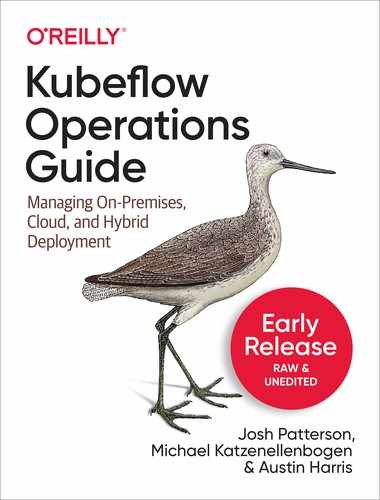Book Description
When deploying machine learning applications, building models is only a small part of the story. The entire process involves developing, orchestrating, deploying, and running scalable and portable machine learning workloads—a process Kubeflow makes much easier. With this practical guide, data scientists, data engineers, and platform architects will learn how to plan and execute a Kubeflow project that can support workflows from on-premises to the cloud.
Kubeflow is an open source Kubernetes-native platform based on Google’s internal machine learning pipelines, and yet major cloud vendors including AWS and Azure advocate the use of Kubernetes and Kubeflow to manage containers and machine learning infrastructure. In today’s cloud-based world, this book is ideal for any team planning to build machine learning applications.
With this book, you will:
- Get a concise overview of Kubernetes and Kubeflow
- Learn how to plan and build a Kubeflow installation
- Operate, monitor, and automate your installation
- Provide your Kubeflow installation with adequate security
- Serve machine learning models on Kubeflow
